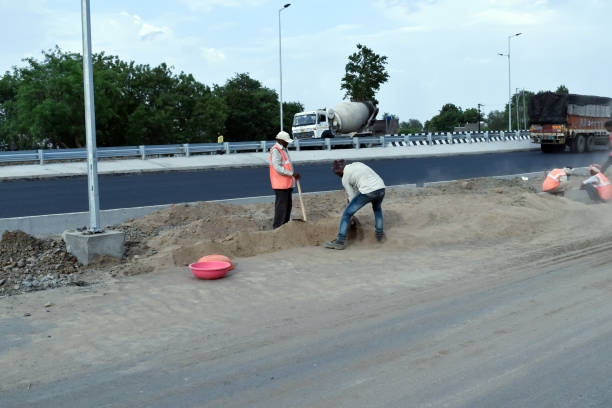Senior Department for Transport (DfT) and National Highways officials signed off on a key assessment of the Lower Thames Crossing’s costs despite it containing figures that are two years out of date. It has emerged that the accounting officer assessment submitted to planners contains figures that are no longer relevant, making the megaproject appear better value for money, according to the Thames Crossing Action Group (TCAG). Lower Thames Crossing is a 23km road scheme between Kent and Essex that will feature the country’s longest road tunnel. The development consent order (DCO) application was finally submitted to the Planning Inspectorate in November 2022, two years after its initial attempt was rejected. These delays have seen the cost projection rise, with a report from the National Audit Office in November revealing that the potential price for the scheme had ballooned to £9bn and that National Highways is monitoring the scheme due to “value for money issues”. Despite this, the roads operator remains “confident” that it will get the green light from the Planning Inspectorate. Accounting officer assessments are carried out to ensure that actions carried out by public organisations meet standards of regularity, propriety, value for money and feasibility expected by parliament and for the use of public resources.

The Accounting Officer Assessment For the Lower Thames Crossing Project.
signed off by National Highways chief executive Nick Harris and Department for Transport permanent secretary Bernadette Kelly, was published on 6 January. It states that its positive conclusions have been based on figures from the 2020 outline business case for the project, which gave the scheme a benefit cost ratio (BCR) score of 1.46. However, National Highways’ Lower Thames Crossing: Combined Modelling and Appraisal Report, released in October 2022, states that the BCR has dropped to 1.22, meaning it is now lower value for money. The TCAG has said it will be writing to the Public Accounts Committee and the National Audit Office “to highlight that misleading figures have been used, and the benefits of the scheme have been exaggerated with ministers potentially misled”. TCAG chair Laura Blake said: “When it comes to decisions about spending huge amounts of taxpayers’ money ministers should have adequate, accurate, and up to date info. Clearly this is not the case with the proposed Lower Thames Crossing. It is disgraceful that misleading info is being signed off and presented to ministers for a project that is neither fit for purpose nor value for money.” A National Highways spokesperson said: “National Highways works in partnership and is in regular dialogue with the Department for Transport on all aspects of the project including the estimated cost, schedule and value for money. The Accounting Officer Assessment is an assessment of the project at a point in time and is based on the Outline Business Case. It will be updated as we develop more certainty on cost and the construction programme as we move through the DCO examination and bring on board our delivery partners. The Department for Transport and Ministers will continue to be kept fully updated on all aspects of the project.” National Highways has recently pressed ahead with procurement for the project. It has announced shortlists for three contracts: the £2.3bn tunnelling contract, the £1.3bn Roads North of the Thames contract and the £600M Kent roads package. It is expecting to announce the winner in summer 2023. This week has also seen the Planning Inspectorate open its relevant representation period for its assessment on the Lower Thames Crossing DCO application. This allows members of the public, stakeholders and landowners to register and provide evidence either for or against the scheme. Simultaneously, National Highways has released a new computer-generated fly-through video of the scheme, featuring the latest design changes made for the DCO application submission. Watch it below.


Recent Comments